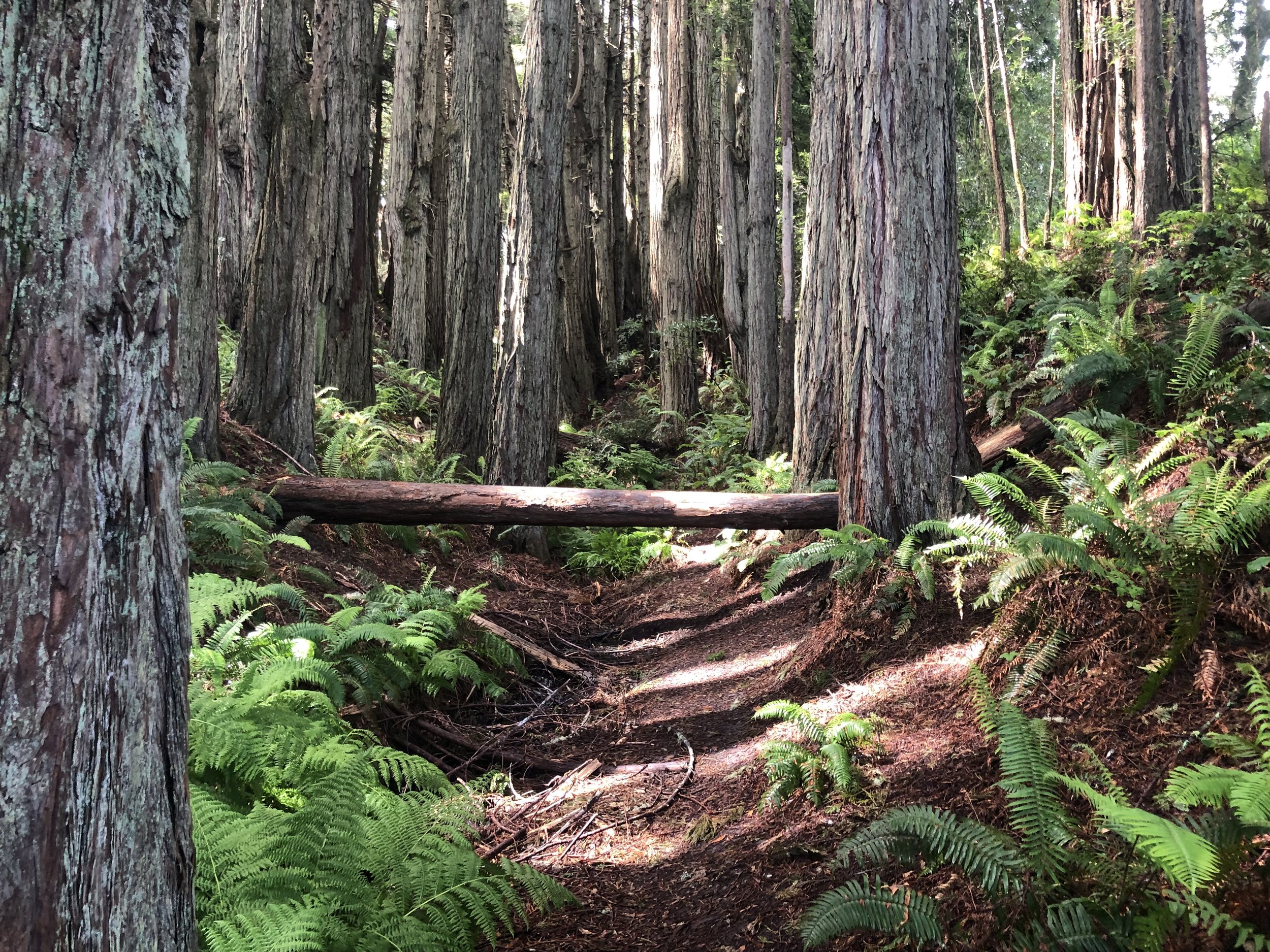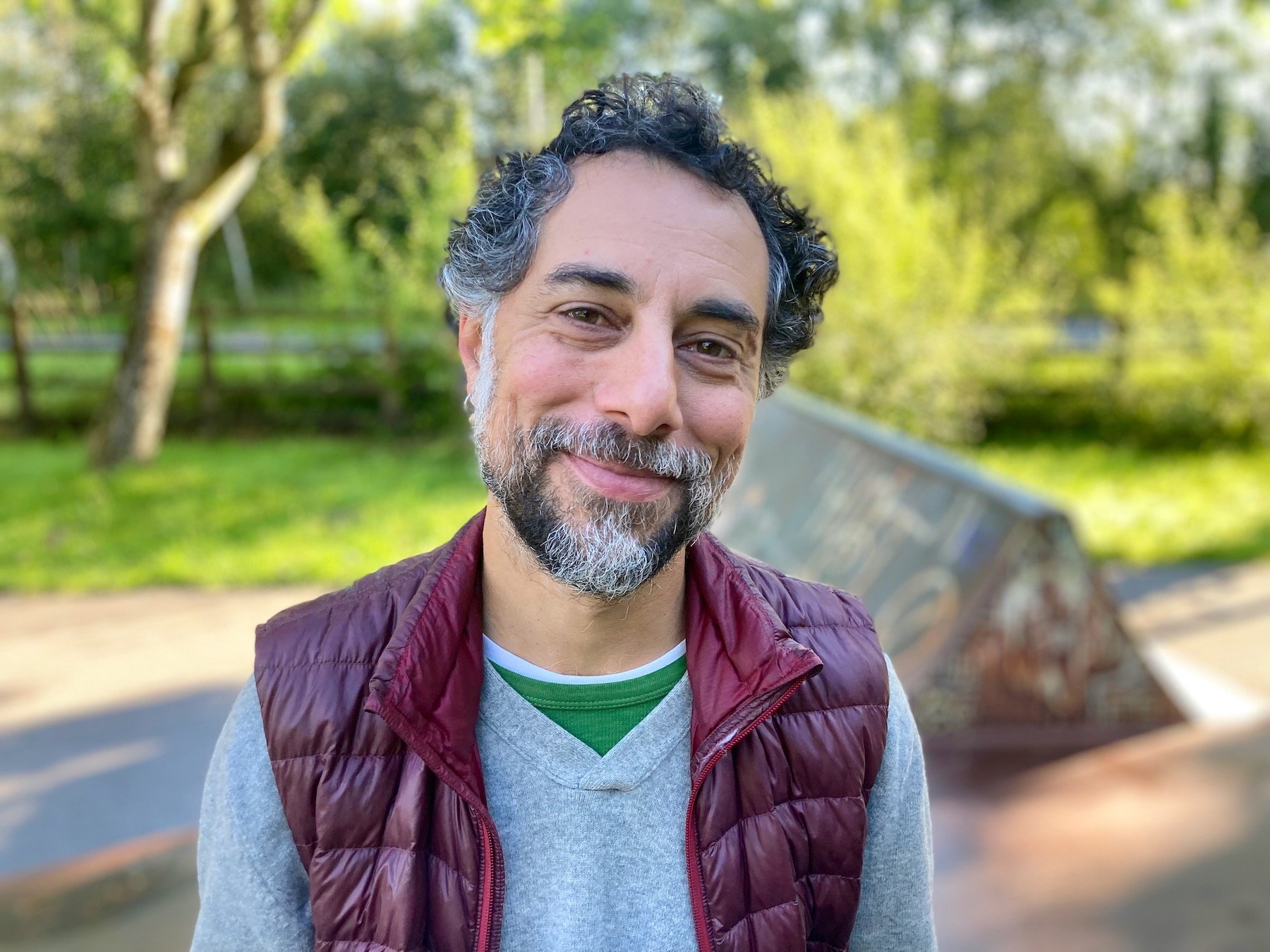
Setting Out on the Path
30 Days to Begin or Renew Your Practice
Setting Out on the Path is a collection of guided practices that teach a somatic, trauma-sensitive approach to Buddhist meditation. Beginning with the basics of posture, mindfulness, and breath awareness, you’ll move through meditations that work with common challenges in the nervous system, and explore the foundational skills of focus, inquiry, energy cultivation, and working with emotion.
What is a “somatic” approach to meditation?
“Somatic” means “body-based,” and is used to describe practices of body-centered awareness. I consider most meditation practices to be fundamentally somatic, but because we are training the mind in focus, continuity, and discernment, meditation and mindfulness can easily feel like “mental” exercises. Somatic meditation practice foregrounds sensation, energetic presence, and processing emotion and energy through the body rather than through analysis or more detached types of awareness. Keeping the body central in our practice deepens and strengthens mindfulness and helps protect us from hindrances like rumination, anxiety, and spiritual bypass.
What makes a meditation “trauma-sensitive”?
Trauma-sensitive mindfulness is a way of resolving challenging mental, emotional, and energetic states through staying present in the body in a way that is not overwhelming or disorienting, which some forms of meditation can be for some people. Mostly this means understanding our habits of mind, slowly increasing our tolerance of intensity, and learning pathways to stay grounded or return to ground when energy begins to move. Meditation is meant to open us to the deepest aspects of our lives and existence, but it is possible to do so safely, in a way that doesn’t startle the heart.
All of our practice aims to be trauma-sensitive, but working with trauma is as much an internal skill as a quality in the practices you’re choosing. In these meditations, you will practice working with energy gently, in a low-intensity way, developing the discernment and skill to navigate through more challenging energies when they eventually arrive.
Whether you’re new to meditation or here for a refresher, these instructions are offered to get you back on the cushion in a way that’s pleasurable, sustainable, and nourishing for your path.
What’s included
-
Here we begin, or begin again, preparing ourselves and our space for our meditation practice, and exploring the simple dynamic of focused and distracted, or conscious and unconscious, attention.
5 meditation instructions for beginners, each 10-15 minutes long
Further study exploring how conscious and unconscious attention interact
-
This week invites you to deepen in the direction of subtler energy and more refined observation.
7 meditation instructions, each 10-15 minutes long
Further study on mindfulness and somatic presence
-
This week invites you to go slowly and gently around places where you’ve been wounded, whether from individual or collective traumas.
6 meditation instructions on the practice of orientation, each 10-20 minutes long
Further study on trauma and the nervous system in meditation
-
This week turns to the 4 emotion-based contemplations known as the Divine Abodes, and uses the feelings of love, compassion, joy, and equanimity to brighten the heart.
5 meditation instructions, each 10-20 minutes long
Further study on the brahmavihāra
“The guided meditations seeded within me a very rich and fertile experience of my body as the ground of awakening not out of the senses but through them.”
Who is this for?
You’ve been practicing with meditation apps and want a more systematic approach
You need a trauma-sensitive approach to meditation that doesn’t destabilize you
You want to start with or go back to the basics of meditation in the Insight tradition
Meet your teacher, Dr. Sean Oakes
He/they, queer, Puerto Rican & English ancestry, living on unceded Pomo land in Northern California
Sean teaches Buddhism, Yoga, and somatic practice, focusing on philosophical inquiry, trauma healing, devotion, and social engagement as expressions of the Dharma. He wrote his dissertation on extraordinary states in Buddhist meditation and experimental dance, and teaches at Spirit Rock Meditation Center and elsewhere. Read more about…

